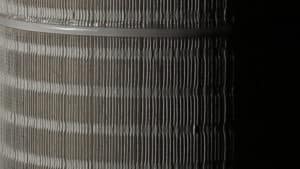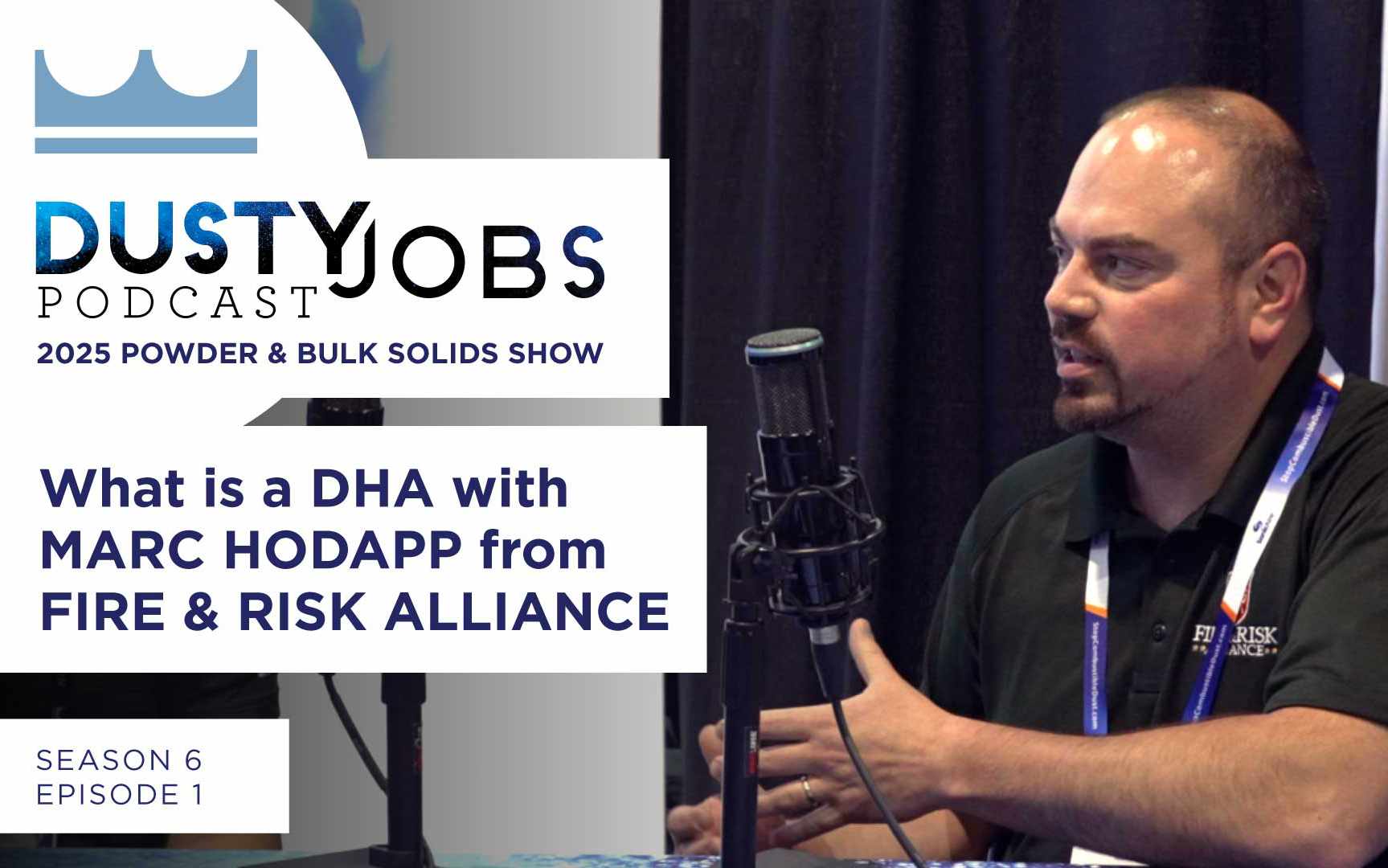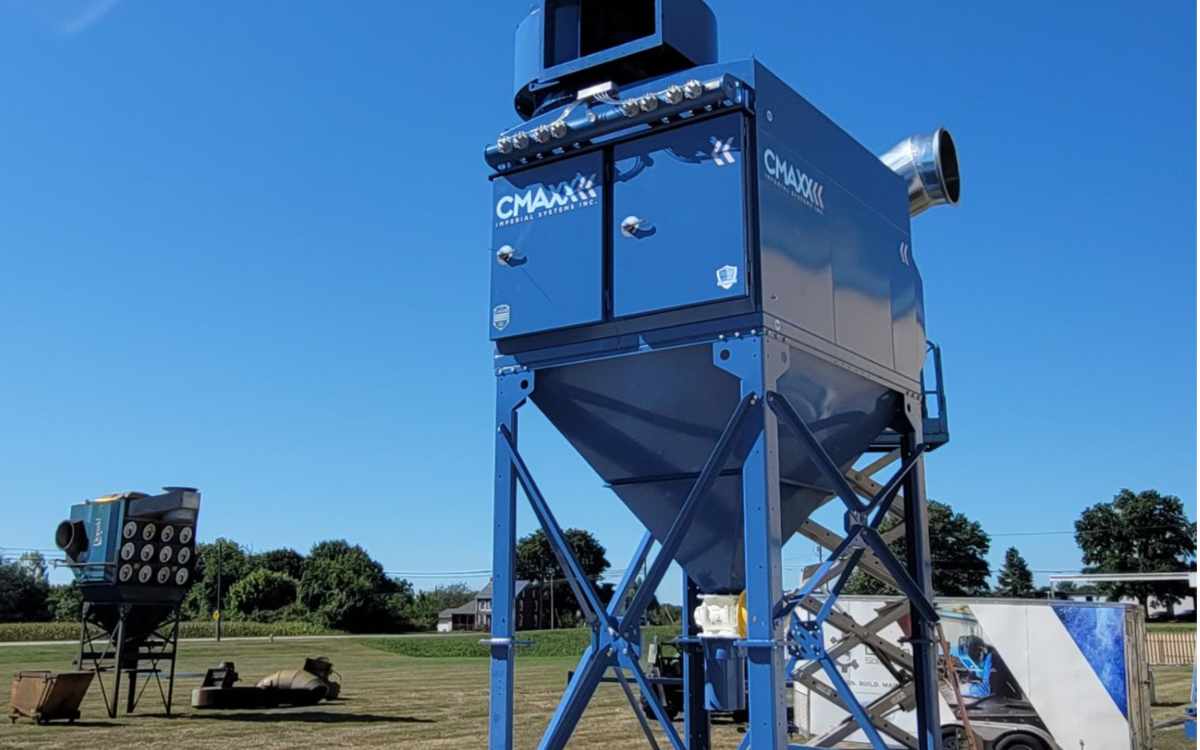We’re providing this handy guide so that if you want to damage your dust collector filters, you’ll have lots of ways to do it. Assuming you want your filters to last as long as possible, you may want to avoid doing any of these things.
Cartridge dust collector filters are made of a cellulose and polyester blend. This means that underneath everything, all cartridge filters are mostly made of cardboard. If you want them to do their job, treat them with care and don’t do any of the following.
 1. Clean Them
1. Clean Them
Having your dust collector filters cleaned is a great way to ruin them. Cleaning a cartridge filter usually involves blasting it with compressed air. The result: filters with holes in them. Even if you don’t see any holes, a fluorescent dye test will reveal leaks.
If your differential pressure goes down after having your cartridge filters cleaned, it’s probably not because they are cleaner. More likely, it’s because air can now go right through the holes in your filters, taking dust with it.
2. Replace Only Some of Them
You notice damage to one of your filters, but the others still seem fine. Why not just replace the damaged one? You can do this, but only if you want to find out how fast you can make a filter fail.
The new, clean filter offers much less resistance than the older ones. As a result, it’s easier for air to go through that new filter, covering it with dust. The new filter will fail very quickly. This can throw off the overall airflow and differential pressure readings.
3. Buy Extra-Cheap Bargain Filters
Because there are many kinds of dust, there are many kinds of cartridge filters. If someone tries to sell you filters that seem suspiciously cheap, you’re right to be wary. These bargain filters might be 80/20, a blend of 80% cellulose and 20% polyester.
What’s wrong with that? First, these cheap filters have low efficiency, and they will not capture small particles. Second, they have no coating to protect the mostly cardboard filters from damage, so they will not last as long. Instead of looking for the cheapest filter, make sure you’re getting a good filter.
4. Beat Them Up
Handle your cartridge dust collector filters with care. Always lift or move them by the metal support or pan, not by the filter pleats. It’s easy to tear or puncture the filter material. Use care when installing the filters to prevent damage.
Since the base material of cartridge filters is cellulose, these filters should not be exposed to damp conditions. Store filters in a dry, protected place. Your filters should arrive upright in boxes, and they should be stored that way. Storing a filter on its side can cause the material to sag or the metal supports to deform.
5. Set Them on Fire
This one sounds pretty obvious, but it happens more often than you might think. Many types of dust can ignite and burn. Air moving into the dust collector can carry a spark or flame. A fire inside the dust collector will wreck your filters (and possibly lots of other things).
A properly designed dust collection system uses safety devices to prevent this from happening. For example, a spark arrestor will stop most sparks. An abort gate, triggered by a sensor, can divert sparks or flame safely. If your dust is combustible, look for fire retardant filters that resist burning.
Don’t Damage Your Dust Collector Filters
Our Imperial Systems aftermarket team specializes in getting you the best filters for your application. No matter what brand of dust collector you have, we have replacement filters. To make sure your filters work as they should, avoid these common mistakes damage your dust collector filters.






